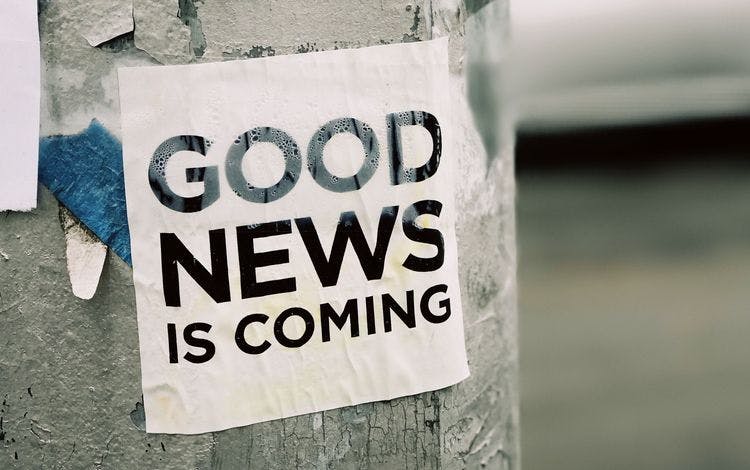After months and months of constantly negotiating the stimulus, on Sunday, President Trump signed the $900 billion stimulus bill. The bill will continue unemployment benefits, the moratorium on evictions, and help struggling small businesses. The PPP loan has come back.
The renewed Paycheck Protection Program (PPP loan/) will aid small businesses that drastically suffered during the pandemic. The PPP loan made it just in time for small businesses that are barely making it.
The PPP Loan Round Two
The renewed PPP was made to provide loans with a max of $2 million for small businesses that were hit harder compared to the first time they applied for the PPP. Businesses that apply this round must have less than 300 employees, already used or intended to use the last PPP funding, have at least a 25% reduction in gross receipts during the first, second, or third quarter of 2020. Also, an eligible business can only receive one PPP loan during the second round.
The PPP included aid to minority-owned businesses and nonprofits that were hit during the pandemic. The stimulus is over $284 billion for forgivable PPP loans and money set aside for community-based lenders.
- $15 billion for PPP loans (first and second round/) issued by community development financial institutions (CDFI/), minority depository institutions (MDIs/), and another $15 billion for PPP loans issued by selected small depository institutions.
- $35 billion for first time PPP loan borrowers, out of the $35 billion, $15 billion for smaller, first time borrowers with 10 or less employees, or loans less than $250k in low income areas.
- $25 billion for the second round of PPP loans for small borrowers with 10 employees or less, or loans less than $250k in low income areas.
- $25 million for the Minority Business Development Centers program
- $57 million for microloans
- $50 million for PPP auditing and fraud purposes
The new stimulus includes $15 billion in funding for live venues, movie theaters owned independently, and cultural institutions, which have had a few of zero attendants for months. The SBA Administration might adjust the set asides after 25 days.
The changes to the PPP were made to help small businesses that were not able to secure funding during the first round of PPP. The new bill also included allowable and forgivable uses for the PPP funding, which are:
- Money used for software, cloud computing, human resources, and accounting.
- Costs for property damage caused by public disturbances that were not covered by insurance.
- Costs from suppliers that were important for the recipient’s business at the time the transaction was made.
- Personal protective equipment and adaptive investments that aided a PPP loan borrower to follow federalhealth and safety guidelines for COVID-19.
- Hard hit industries like hotels and restaurants can receive up to 3.5 times their average monthly payroll.
The only exceptions are the borrowers who have already had their PPP loans forgiven.
For loans of $150k or less, the borrower can send in a certification that states that the business meets the revenue loss requirements during or before the date the business submits its PPP loan forgiveness application. Borrowers of the second round of PPP are eligible for forgiveness equal to the amount of their payroll costs, covered mortgage, rent, utility payments, covered operations expenditures, property damage costs, supplier costs, and personal protection expenditures during the period it was covered.
A lender who has been selected to fund PPP loans may provide funding under the same terms and conditions as the loans. Fees are waived for both borrowers and lenders. Lenders are reimbursed by a certain tiered structure: funding requests up to $50k, the lenders’ processing fee will be less than 50% of the principal amount or $2.5k. For loans between $50k and $350k, the fee will be 5%, and for loans above $350k will have a lender fee of 3%.
A big fear of the new stimulus is that the money might go to companies that might go under anyway, but these small businesses were hit hard due to government restrictions and “stay-at-home” orders. Without help, many small businesses will cease to exist.
During the first round, the SBA and its partner bank lenders were overwhelmed by the response of the PPP. The SBA ended up enlisting the help of FinTechs to be the SBA lenders for the PPP. This same trend could continue with the second round. The FinTechs should be approved to help with SBA 7(a/) lending in the coming year.
The new stimulus package has already improved the morale of small business owners. After months of waiting and hoping for a miracle, help has finally come. With the second round of PPP and the vaccine being distributed out, the hope of better days is growing.
